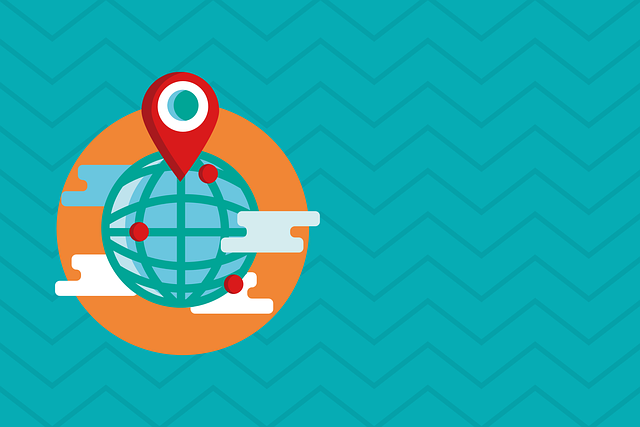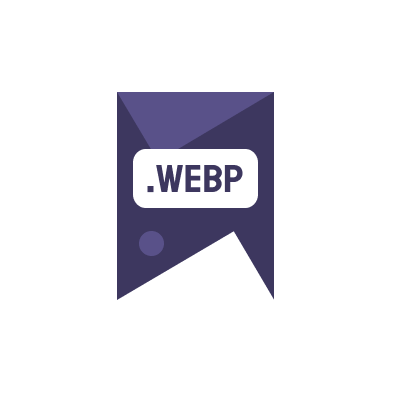The impact of image weight on local SEO is a critical factor for any business looking to improve their online presence and attract more local customers. In this detailed exploration, we’ll delve into why optimizing image sizes and formats is essential and how it directly influences your website’s performance and ranking in local search results.
Understanding Image Weight and Its Role in SEO
The term ‘image weight’ refers to the file size of images used on a website. Larger file sizes can significantly slow down page loading times, directly affecting user experience and search engine rankings. This is particularly important for local SEO, where businesses compete to appear at the top of search results in specific geographical areas.
Optimal image weight enhances site speed and user engagement, both of which are key metrics used by search engines like Google to determine the relevance and quality of a site to a searcher’s query.
Benefits of Reducing Image Weight for Local SEO
- Improved Page Speed: Faster loading pages lead to better user experience, lower bounce rates, and higher engagement, which encourage higher SEO rankings.
- Enhanced Mobile Experience: With the rise of mobile browsing, having a website that loads quickly and efficiently on mobile devices is crucial. Smaller, optimized images consume less data and are faster to load, providing a better user experience.
- Boost in Local Search Rankings: Search engines prioritize websites that load quickly and provide a good user experience. By reducing image weight, your site stands a better chance of ranking higher in local search queries.
To optimize your images effectively and reduce their impact on your site’s performance, consider converting them to more efficient formats such as WebP. Tools like Image to WebP online free can help streamline this process.
How to Optimize Images for Better Local SEO
Optimizing your images does not just involve reducing file size; it also includes correct formatting, tagging, and placement. Here are practical steps you can follow:
- Convert Images to WebP: WebP is a modern image format that provides superior lossless and lossy compression for images on the web. Using Image to webp online free tools, you can convert your images to this format, resulting in smaller file sizes without sacrificing quality.
- Resize Images Appropriately: Display images at their intended size on your site. Overly large images that are resized in HTML or CSS cause unnecessary increase in download times.
- Use Responsive Images: Implement different sized images for different devices to ensure faster loading times on tablets and smartphones.
By applying these strategies, you not only enhance the performance of your website but also significantly contribute to its SEO effectiveness, especially for local searches.
Real-World Examples and Case Studies
Many businesses have seen remarkable improvements in their local SEO rankings by optimizing their images. For instance, a local cafe in New York optimized all their menu images to WebP format and resized them for display, leading to a 50% reduction in page load times and a significant jump in their local search visibility.
Moreover, websites that adopt a comprehensive approach to image optimization generally report better engagement rates, longer site visits, and improved conversion rates.
In conclusion, understanding the impact of image weight on local SEO is essential for any business aiming to enhance its online presence. By optimizing your images, not only do you improve your website’s speed and performance but also its SEO ranking, making it more visible to potential local customers. Start optimizing today to see tangible improvements in your website’s performance.
For more information on image optimization, visit PageSpeed Insights to analyze your website and get specific recommendations.

